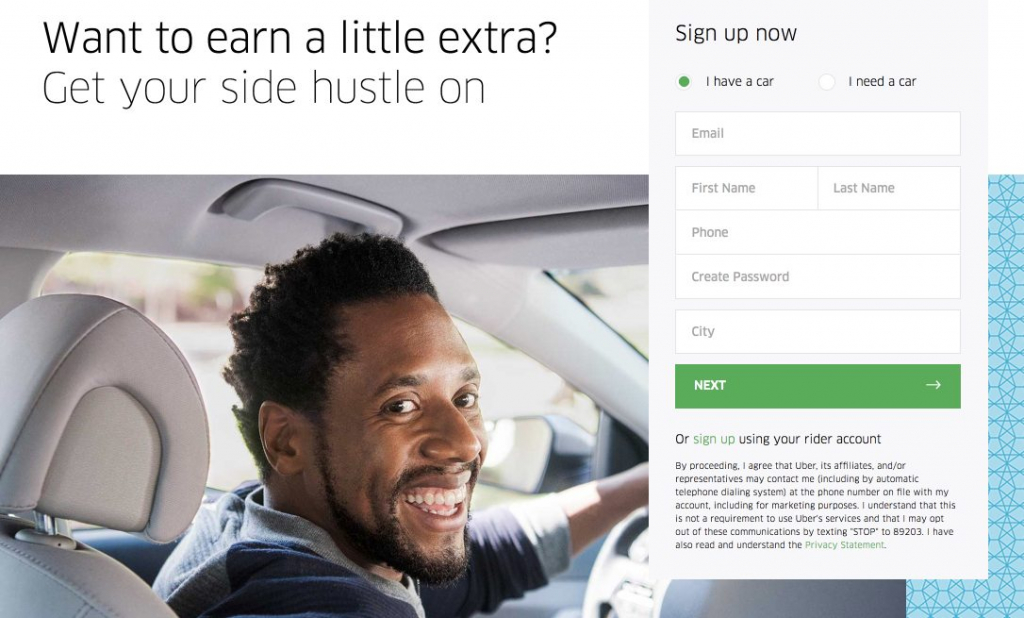
Unreal Engine vs Unity 3D Games Development
26th January 2021
How to Make a Simple Game in Unity 3D
27th January 2021What are multi-step forms?
A multi-step form is exactly what it sounds like — a long-form broken down into multiple pieces/steps to make an otherwise long form less intimidating for visitors to complete. The additional fields only appear after a visitor has filled in their baseline information, like name and email address.
Which industries can use them?
Conversion optimization dictates that fewer form fields leads to more conversions. However, using multi-step forms instead of one-step or on-page forms has proven to increase conversions.
When Vendio, a website building tool ran an A/B test with an On-page form versus a multi step form, they saw a 214% increase in leads. Similarly, Broker Notes, a B2C financial lead gen website used multi-step forms and their conversion rate increased form 11% to 46%
Uber uses a multi-step form on their sign up landing page:

The first step of the form asks for basic information (name, email address, and city). Step two asks them to select how they would like to partner with Uber, and the last step asks them to agree to the service’s terms and conditions.
Benefits of multi-step forms
Multi-step forms increase landing page conversions since they:
- Reduce psychological friction without overwhelming visitors
- Help you avoid the Goldilocks Syndrome
- Help you determine how committed a visitor is to your offer
- Kick in the endowed progress effect
1. Reduce psychological friction without overwhelming visitors
Visitors are bound to experience psychological friction when they see a long form on a landing page. Multi-step forms combat this problem by breaking down the fields into steps, so they don’t have to submit all their information at once.
Doing this helps put people’s mind at ease so they won’t feel overwhelmed.
2. They help you avoid the Goldilocks Syndrome
When you require more information, multi-step forms strike a better balance because you can leverage more form fields to collect all the lead information at a given funnel stage without scaring off visitors.
3. They help you determine how committed people are
You can determine a visitor’s commitment level when they fill out a multi-step form. Only a visitor who is highly committed to avail your offer will complete all the steps.
4. Multi-step forms kick in the endowed progress effect
The endowed progress effect is a cognitive bias where people become more committed to achieving a goal when they feel they have made progress toward it. When users see they are progressing toward the next step, they are more likely to complete the entire form and convert through the CTA button at the end.





